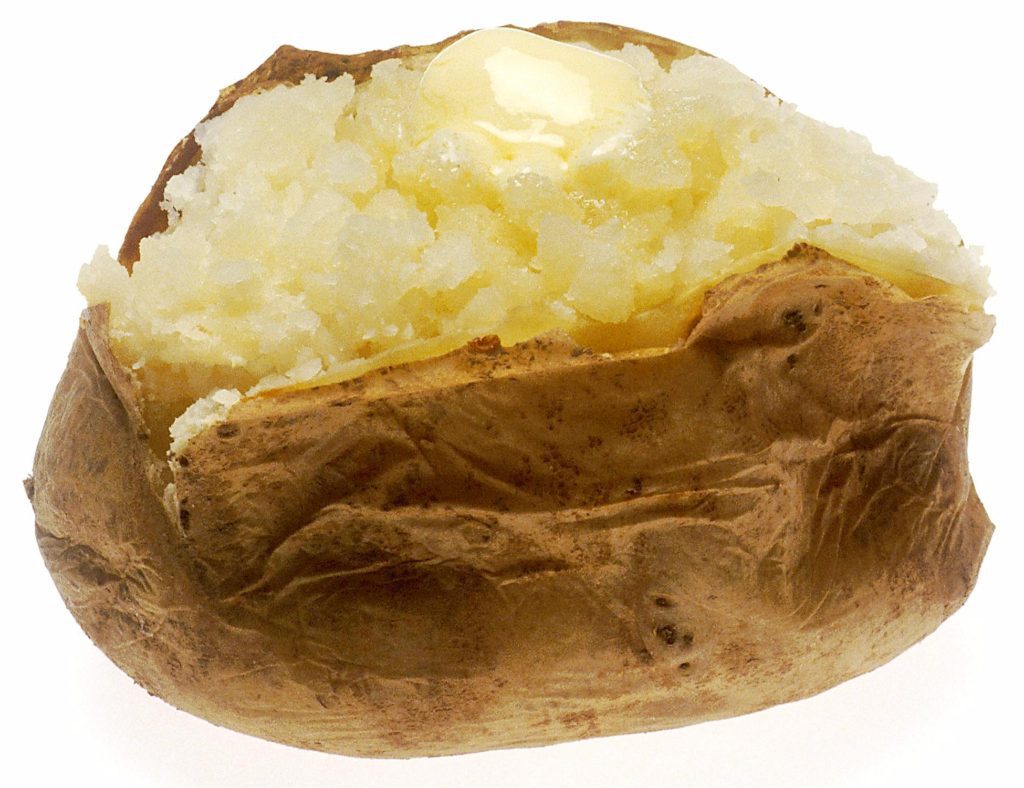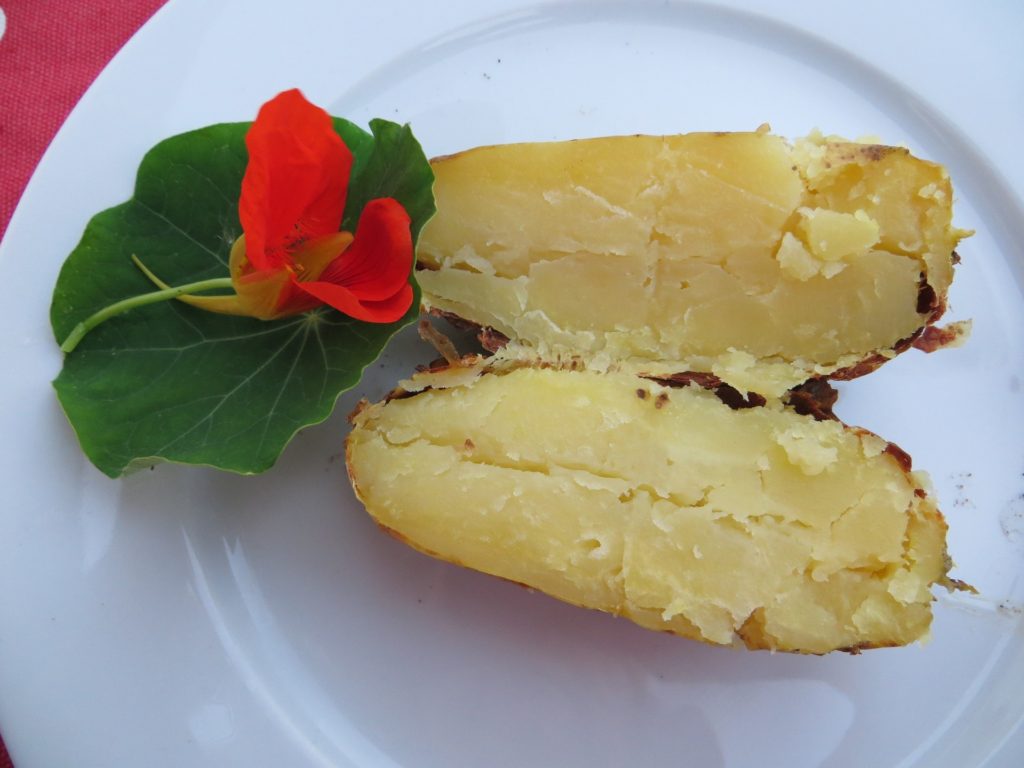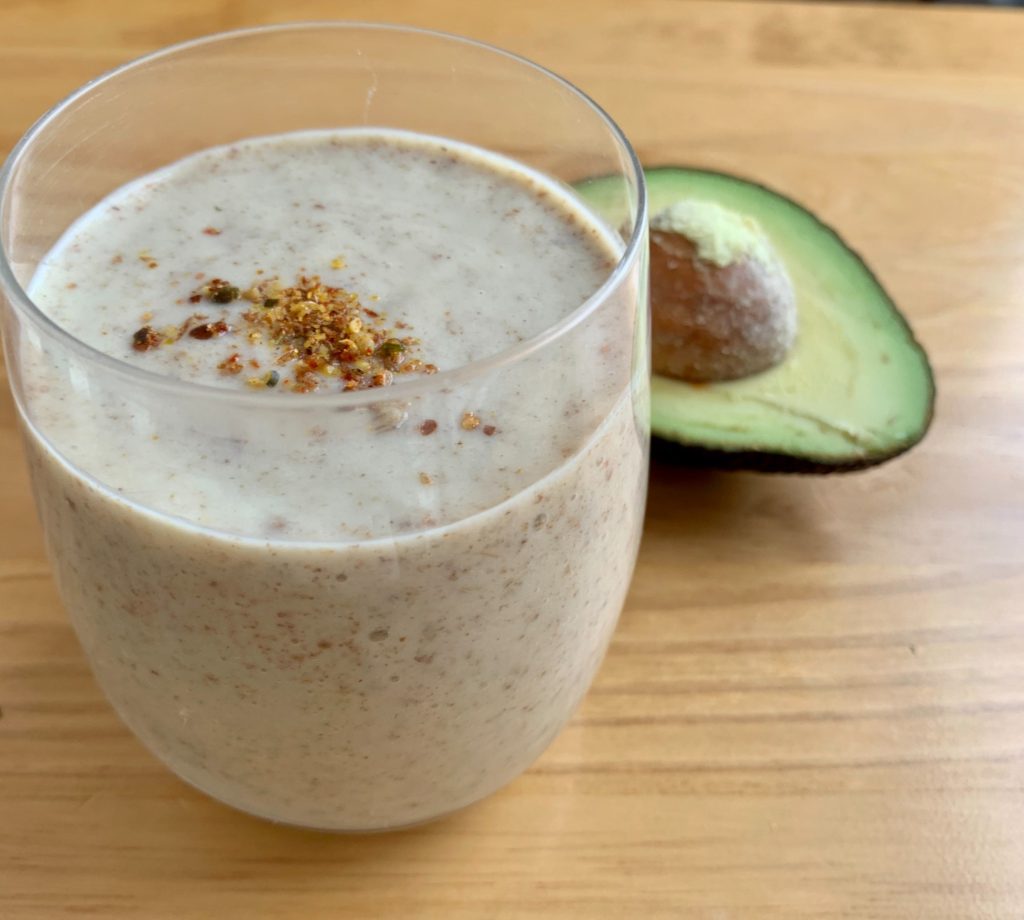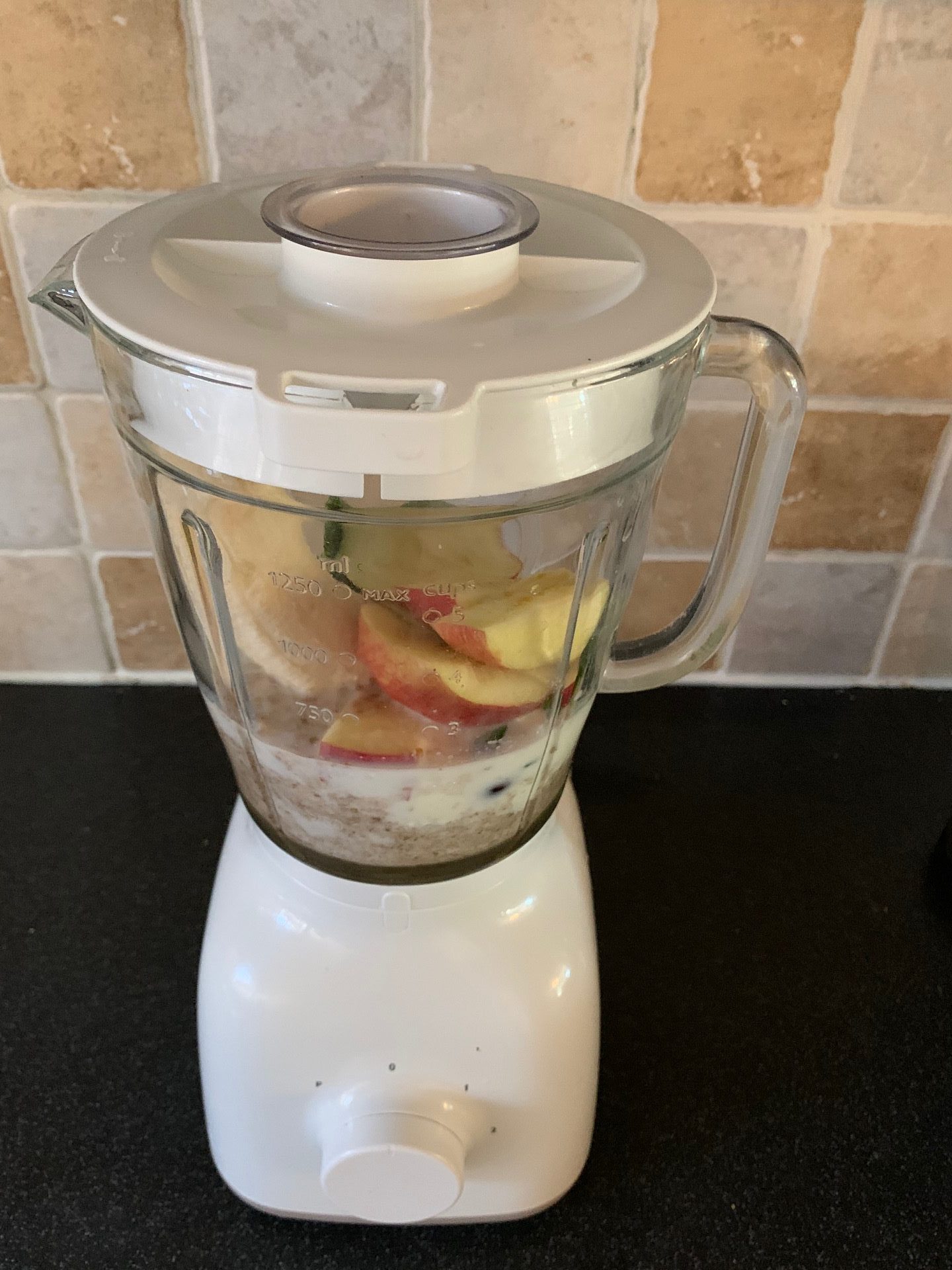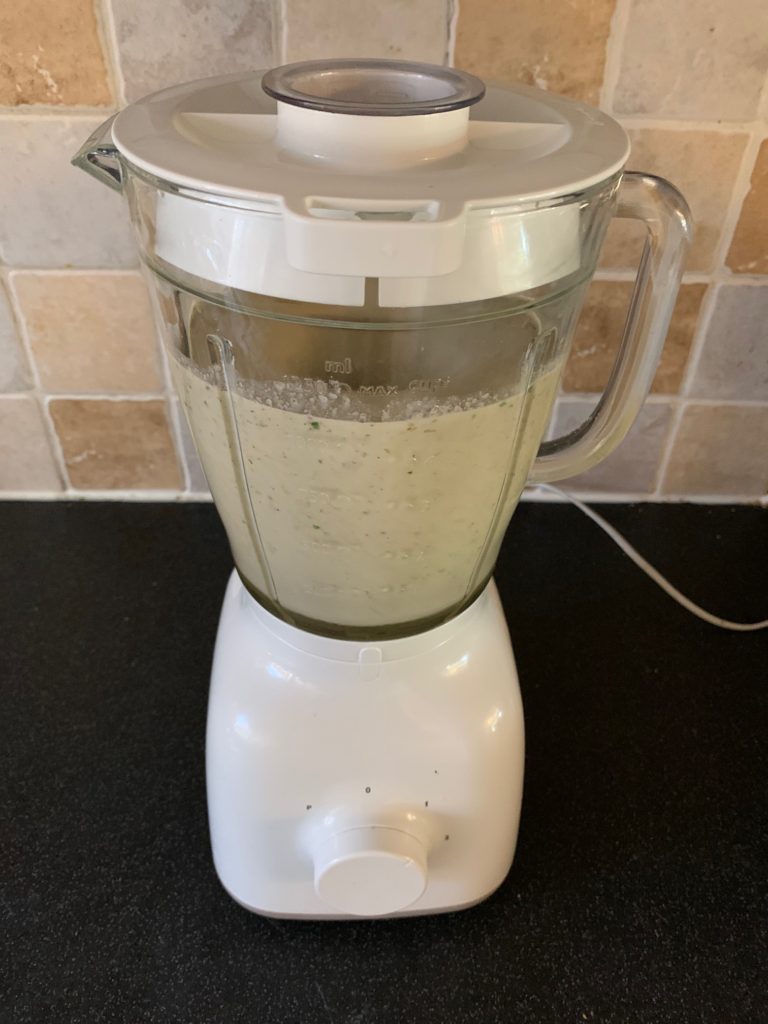When it comes to kitchen appliances the choice can seem virtually endless. But what kitchen appliances do you really need? In this article we’re going to take a look at just that and see which of the myriad of appliances could help make a real difference in your kitchen.
From fridge freezers to blenders and food processors, it could be quite easy to fill your kitchen with an appliance for every single job but there are some that are more impactful then others. And then there are some that you could simply do with out.
What Kitchen Appliances Do You Really Need?
Let’s now take a detailed look at what kitchne appliances could be deemed essential if you were planning out your kitchen from scratch.
Pressure Cooker

It probably goes without saying that you need a pressure cooker of some description in the kitchen. There are 2 kind of pressure cookers available in the market;
- Stove-top (Gas) Pressure cooker
- Electric Pressure Cooker (Multi-purpose)
With a cooker you actually potentially remove the need for a whole load of other kitchen appliances for example a rice cooking, slow cooking, cooking beans, lentils, vegetables if you really wanted to but most important purpose is to quickly cook all kind of meat especially Red meat. Pressure cooker work as a replacement for meat Tenderiser and comes very handy when it comes to cooking Red meat and save hell lot of time.
Whether it’s making something from scratch or warming up premade food, a cooker does neatly fall into the essential kitchen appliance category as your kitchen’s main job is to keep you fed and it would be difficult, though not impossible of course, to do so without a cooker.
There’s huge difference between cook-top pressure cooker and electric pressure cooker in terms of usability. Electric pressure is definitely more safe, intuitive, user friendly and offers variety of cooking options with single-button. Electric pressure cooker is sometimes quicker than gass cooktop cooker.
We recommend Instant Pot 7-in-1 Electric Pressure Cooker which makes cooking as simple as just plug-n-play:
Fridge Freezer
At the top of the list surely it has to be a fridge freezer. There’s not much you would be able to preserve for a substantial period of time in the kitchen without a fridge freezer unit in there. In fact a number of other kitchen appliances on this list rely heavily on items from your fridge freezer for them to fully do their job.
It would be difficult to do much in the kitchen without it.
Microwave
This may be a slightly contentious appliance do add to the list because as long as you have a cooker, you can get away without a microwave. But if you have a cooker but no oven then a microwave may well be something you do really need.
The majority of microwave users have them for reheating food. Using a microwave rather than the stove or oven to reheat your food can save you a lot of time. If you’ve ever had to wait for the oven to heat up to warm up some leftover lasgna then you’ll know exactly why.
Blender
If you like to make nice and smooth soup or have a taste for smoothies then a blender is a must for your kitchen.
Having a blender is a great way to mix lots of vegetables into one bowl of soup for example or tons of fruit into a hearty smoothie.
You can definitely survive without a blender but once you get one you may quickly find it’s something you cannot live without.
Kettle
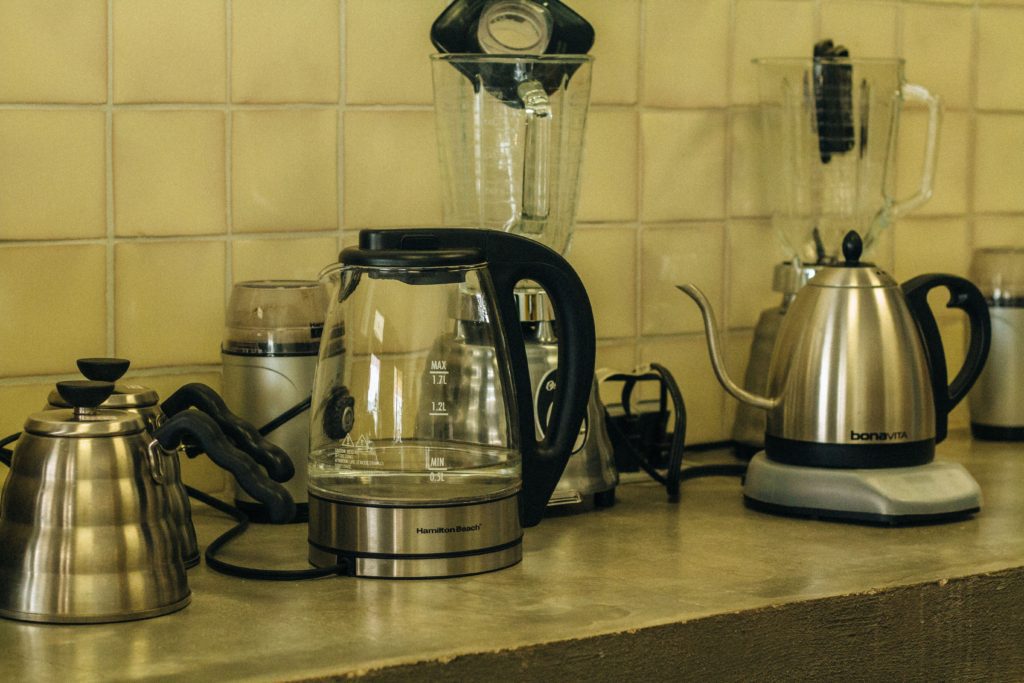
A kettle is another appliance that exists to illustrate just how useful kitchen appliances are. The way we see kitchen appliances is that they should make your life noticeably easier either by saving you time or effort or both whilst enhancing your experience. A kettle most definitely saves you time and arguably effort.
For example we spent a few weeks without a kettle when our old one broke and we certainly noticed it. Whether it’s a cup of tea or water to get your pasta boiling, it’s easier and quicker with a kettle then without.
Strictly speaking you can more than survive without a kettle but if you value your time then it’s definitely worth considering.
Something to consider when it comes to kettles is the fact they help avoid having large volumes of hot water sitting boiling on the stove.
Toaster
This is a simple one; if you or anyone in your home likes toast then a toaster is clearly a must. Can you survive without one? Most definitely but if you like to eat bread and make it more interesting then toasting it is one of the best ways.
Whether it’s straight toast with butter or a toasted sandwich of some kind, a toaster offers you excellent versatility.
What Kitchen Appliances Do You Really Need?: Honourable Mentions
In this section we’ve included a few appliances that are due worthy consideration even if they don’t make the list of essentials.
Dishwasher
Do you really need a dishwasher? The short answer is no, you do not. You could easily survive without one and simply handwash all of your dishes. However, having one in the kitchen is really a game-changer. A dishwasher helps to save you oodles of time and can also help keep your kitchen tidy when you don’t have the time to wash up; you can place dirty dishes directly into the machine until it is full keeping your counters clear.
Rice Cooker
Rice cookers make it onto the honourable mentions list as you can definitely survive without one. But when you do have one they can make life a lot easier when it comes to making rice.
Though they may not necessarily save you any more time than cooking rice on the stove (or microwave) they will more than likely mean you recover more of your rice grains as they won’t stick to the pan as much.
If you are also like some of us, you may struggle with producing rice that’s too soft or maybe not soft enough. A rice cooker can typically help you with this issue as, so long as you get the water amount right, it will help make near perfect rice every time.
Slow Cooker
We are deep into “is this really necessary” territory here but we’re big fans of slow cookers here . It may be the fact that you can simply chuck a whole bunch of ingredients into a slow cooker and come back hours later to find it’s magically softened into a delicious meal. Or perhaps the way it can help to elevate a roasted meat dish. Whatever it is, a slow cooker is definitely an appliance to consider if you like variety in the way your meals are made.
Conclusion: What Kitchen Appliances Do You Really Need?
So, what kitchen appliances do you really need? Once you’ve got a cooker and fridge freezer out of the way, everything else is pretty much debateable as to whether you really need it or not. Often it comes down to how much time and effort it can save you relative to the costs. The great thing today is that with pretty much any job in the kitchen, you can find an appliance to make it easier.
What Kitchen Appliances Do You Really Need?: Tell Us What You Think








